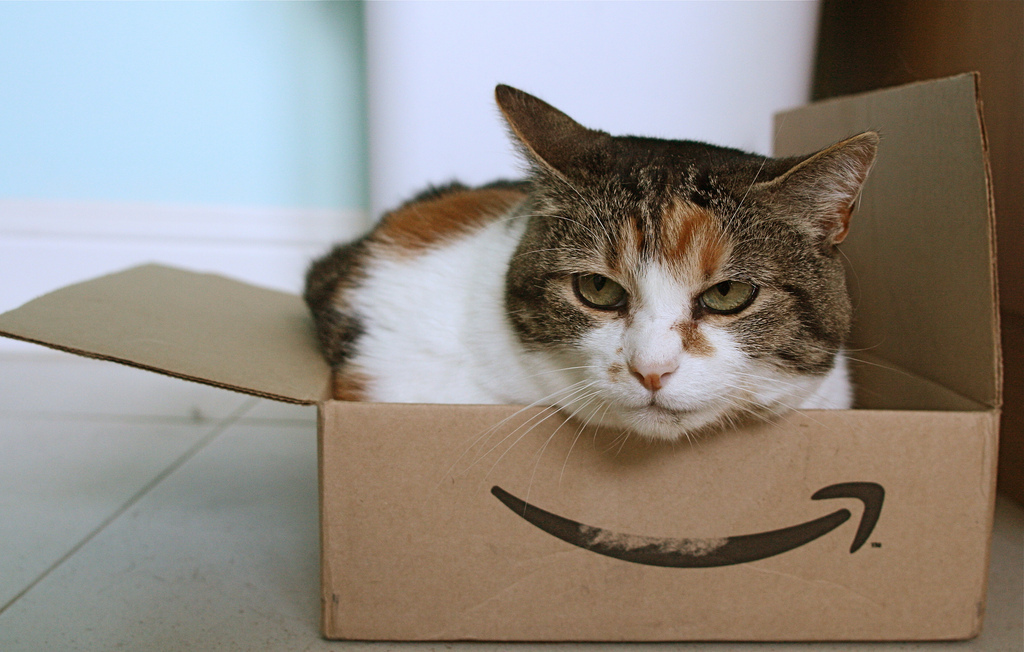Does Amazon’s Inventory Commingling Help Fake Products Fly Under The Radar? Image courtesy of (protohiro)
When you order a certain brand’s product on Amazon and end up with a fake version of the real thing, who’s to blame? Some companies say it’s Amazon’s fault for commingling its inventory at some warehouses in the name of expediency, mixing up products that come directly from them with third-party sellers who also use the e-commerce giant’s warehouse order-fulfillment services.
The Wall Street Journal gives the example of the company that makes Tovolo-brand ice-cube molds and trays, ICI USA LLC. The company sells its products to Amazon directly but there are also third-party merchants sending Tovolo trays through the Internet retailer’s fulfillment warehouses. And that method is allowing fakes to squeak through, ICI says.
For example, one customer said his wife bought him a specific cube tray from Tovolo, listed as sold by Amazon. But the couple claims the tray was flimsy, water slopped out of it and it just basically sucked. When he bought the same tray at a kitchenware store, he realized he likely had a fake.
“The ice cubes slide out much more easily, and it’s more stable when full of water,” the man explained. “I definitely wish I’d gotten the correct tray the first time.”
So just to make sure customers aren’t getting faked out with seemingly identical Tovolo products, chief executive Matthew Frank will temporarily slow down shipments to Amazon and conduct test buys when the supply is running low. He says there are more knockoffs mixed in when there isn’t as much of the real thing available directly from his company.
Part of the problem is with Amazon’s inventory system, critics say. Third-party sellers sign up to shill stuff through Amazon’s order-fulfillment services. All those products often get pooled together by bar code, regardless of whether they come from the brands themselves or other distributors. That way, Amazon can grab whichever product that’s ordered at the nearest warehouse to the customer.
That means even if you buy something that is technically sold by Amazon under the brand’s name, you might end up with a product supplied by a third-party merchant, which may or may not be the real thing. And that doesn’t make brands happy, because it makes them look bad to consumers who receive counterfeit goods.
“It’s very frustrating to see this happen,” Tovolo’s Frank said.
ICI USA complained to Amazon about the fake trays over a year ago, Frank says, and asked that Amazon keep Tovolo’s merchandise apart from those that aren’t from authorized distributors. He hasn’t heard back yet, he says, but the company told him third-party sellers now have to slap a label on their stuff so the products can be traced back to individual sellers in the case of a complaint.
The WSJ said Amazon declined to comment on its story, which is a pretty interesting read you can check out in the source link below. If this happens to you, be sure to request a refund from Amazon, and hope that the company does the right thing.
Do You Know What’s Going in Your Amazon Shopping Cart? [Wall Street Journal]
Want more consumer news? Visit our parent organization, Consumer Reports, for the latest on scams, recalls, and other consumer issues.


